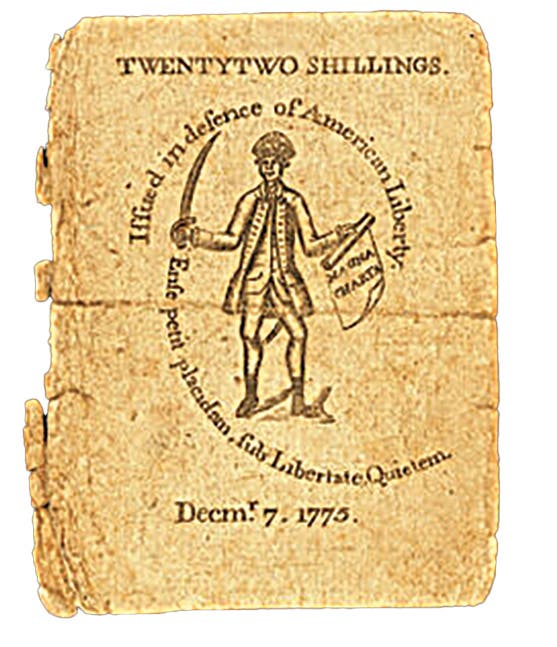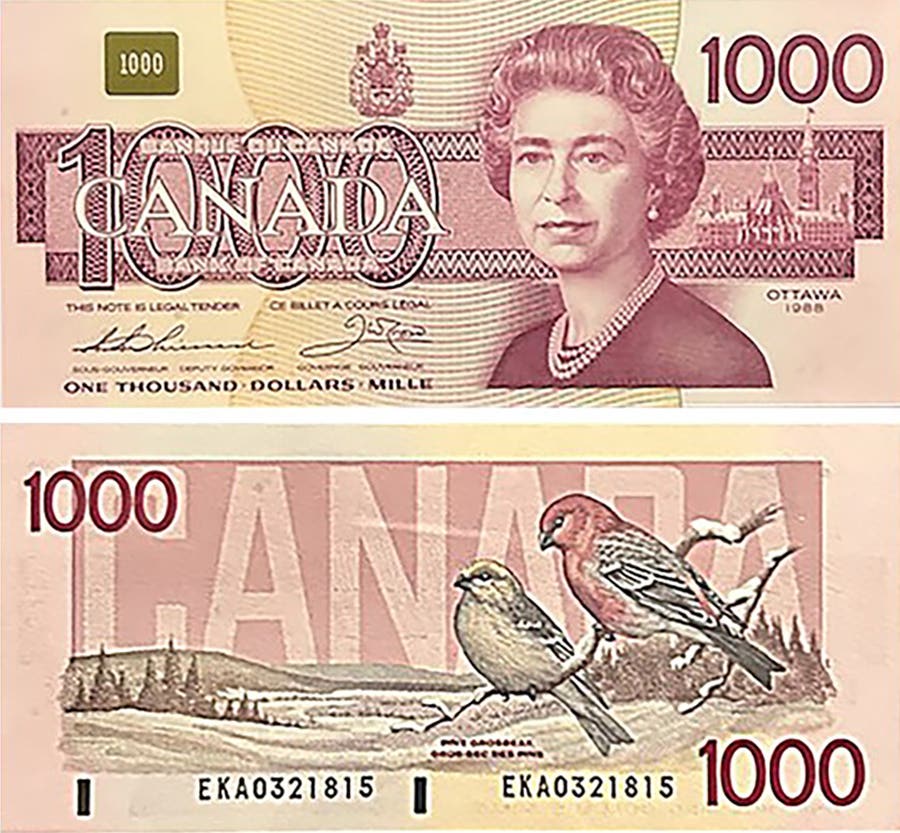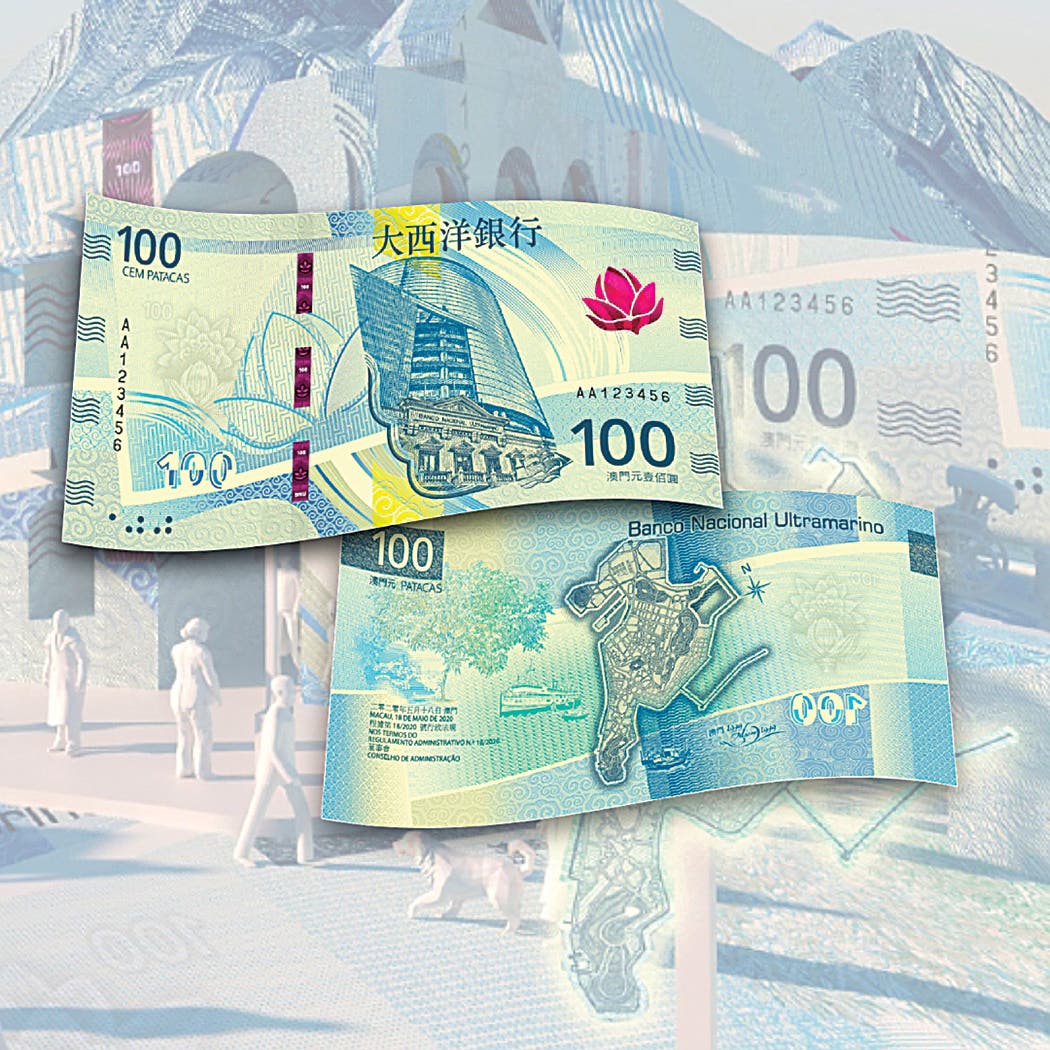Extreme Values for High Grade Notes
The Long Beach Heritage auction was amazing. Fractional notes showed extreme values for high grades. That was in the regular auction. The Platinum offerings were all 66 and above. A…
The Long Beach Heritage auction was amazing. Fractional notes showed extreme values for high grades. That was in the regular auction. The Platinum offerings were all 66 and above. A 4th issue Lincoln 50 cent note in grade 67 brought $13,200 and a Fr. 1296 Fessenden at $9,600 in PMG 67. Shields in Gray background brought $5,040, in Pink, $20,400 and Green in $36,000. Throughout the auction notes soared. Small Size High denomination notes reached new highs. A 1928 Atlanta FRN $5,000 note in PMG 35 sold for $216,000. A $10,000 Federal Reserve Note on the Richmond branch sold for $504,000 in AU 58. This tops all the other $10,000 notes on any district. $500 and $1,000 notes continued very strong, including a 1928 $1,000 Chicago note at $16,800 in a PMG 65 holder. A Gold 1928 $100 star in a PCGS 35 PPQ holder reached $19,200 and a Gold 1928 $1,000 note in PMG 53 brought $37,200. Territorial National Bank notes continued the strong prices. A Phoenix, Ariz. $10 Brown Back in PMG 40 EPQ on charter # 4729 made $37,200, while a California National Gold Bank on San Francisco’s charter # 1741 in PCGS 40 realized $43,200, which is an amazing grade for a Gold National, many of which have been described as “Bar rags.” An Alaska $5 Red Seal, charter # 7718 on Fairbanks in PCGS 50 went for $26,400. High denomination Fold Banks were also strong. A $1,000 Fr. 1220 in PMG 30 sold for $26,000. There was a group of 10 $10,0000 Golf Certificates that sold in a range of $2,800 for a 1225 c in PMG 25, to $8,400 for a PMG 64. All these $10,000 notes are cancelled and flew out a window at a fire in a government window to enter the public domain. The top gold seller was a $100 Fr.1202 in PMG 30 realizing $750,000. The Federal Reserve Note market always seems to always be in flux. Perhaps this is because there are so many ways to collect FRN’s. You can collect all the 1928 issues, or one of the districts, or just the star notes. If you don’t watch the auction market, you can miss out on a note you need. I collect the Minneapolis FRN fives, small head varieties. I picked this district because it was a district that didn’t churn out as many notes, as say Chicago or New York. I need three notes for a complete set. I’ve been at it for about 25 years. My collection has some well circulated examples. I’ve had to scour the offerings looking for the ones I need. I picked up a rare 1950 star that was the finest known, for $2,000, a bargain, but lucky for me no one noticed this rare note in an auction. A very knowledgeable collector told me it would probably go for $,5,000, which would have been out of reach for me; it apparently went unnoticed. I see other $5 FRN’s that go way below value, as nobody was watching. As I’ve said before, small show vest pocket coin dealers frequently pick up a few notes with coins and don’t check them out. I once picked a $1,000 note from a junk box for $15. Keep your eyes open and write me at billbrandimore@charter.net








